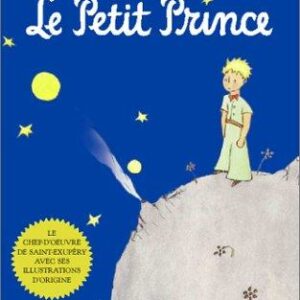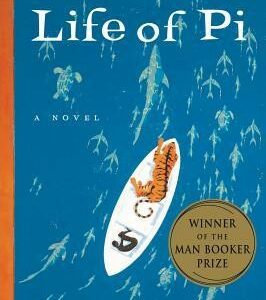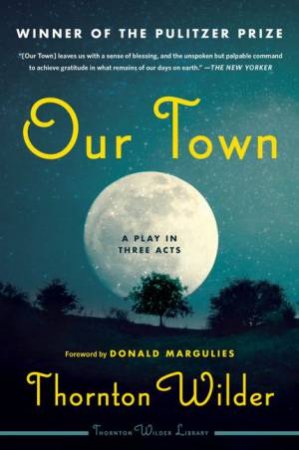Documentary Cinema in Israel-Palestine
$39.95
| Title | Range | Discount |
|---|---|---|
| Trade Discount | 5 + | 25% |
- Description
- Additional information
Description
Alongside the upsurge in violence that came with the downfall of the Oslo era in the early 2000s, a new wave of documentaries emerged that centered on Palestinians’ and Mizrahim’s (Jews of Middle Eastern origins) historical and lived experiences of pain and oppression across Israel-Palestine and beyond. The documentaries challenge the systemic removal of self-represented Palestinian and Mizrahi pain from mainstream media and the public realm dominated by Israel. .
This book explores how Palestinians and Mizrahim perform their long endured pain on screen. Analysing key documentary films from the first decade of the 2000s, Shirly Bahar offers a nuanced reading of the cinematic documentary corpus emerging from Israel-Palestine, as well Palestinians’ and Mizrahim’s different and unequal yet interrelated forms of oppression and racialization under Israeli rule. While pain sets them apart, the documentary representations of pain of Palestinians and Mizrahim invite us to consider reconnection by focusing on the very relational nature of pain.
Shirly Bahar teaches in the School of Visual Arts at Columbia University in New York, USA, and is the co-director of the Tzedek Lab network. She received her PhD from New York University’s Hebrew and Judaic Studies Department.
Introduction
Part I: The Body1. Jenin: Living with Martyrdom in Mohammad Bakri’s Jenin Jenin
and Since You Left, and Juliano Mer-Hamis’ Arna’s Children
2. Heads Held High: Mizrahim’s Coming of Age and Activism
in David Belhassen and Asher Hamies’ The Ringworm Children,
David Benchetrit’s Kaddim Wind: A Moroccan Chronicle,
and Nissim Mosek’s Have You Heard of the Black Panthers?
Part II: Home3. Speaking Out About the Places of Palestine in Israel
in Rachel Leah Jones’ 500 Dunam on the Moon,
Michel Khleifi and Eyal Sivan’s Route 181, and
Ibtisaam Maraana’s Paradise Lost 4. A Mother Tongue, A Daughter’s Voice: Mizrahi Women’s
Homecoming to the Arabic Language in Effi Banai’s Longing
and Israela Shaer-Meoded’s Queen Khantarisha Concluding Notes: Looking Towards Mizrahi Solidarity
with the Palestinian Struggle
Bibliography
“Documentary Cinema in Israel-Palestine is a major contribution to understanding 21st-century transnational film history. Looking at key documentary films by Arab and Mizrahi filmmakers living within the contested borders of Israel-Palestine, Shirly Bahar develops an argument for the vital place of documentary within contemporary politics and identities. Deeply attuned to the process by which documentary invokes and provokes intimacies across various boundaries—filmmaker, subject, audience; spaces and places; languages; among them—Bahar makes a case for documentary as a philosophical, as much as visual and aural, form. Through close readings of several crucial films from the first decade of this century, Bahar expounds on the ways in which documentary, as witness to damaged bodies in devastated places, makes visible the ravages state violence wreaks on truth, language and landscape. Violence against Israeli and Palestinian Jews and Arabs (and Bahar makes clear that the simplistic dichotomy Israeli Jews/Palestinian Arabs is part of the erasure of history performed on these bodies and places since 1948) finds its way into the films by Arab and Mizrahi filmmakers through lenses focused on reenacting pain and retelling memory. Bahar’s insights reveal how occupation and war, on a large scale, and naming, property, even home restoration, on a more personal level, are grasped within the varieties of encounters—at once awkward, hostile and intimate—made possible by documentary cinema. In this profound study, we see how documentary and its critics mediate a uniquely performative and affective politics in Israel-Palestine, but also elsewhere and everywhere.” – Paula Rabinowitz, University of Minnesota, USA
Additional information
| Weight | 1 oz |
|---|---|
| Dimensions | 25 × 156 × 9 in |










